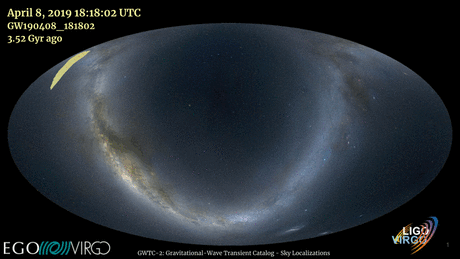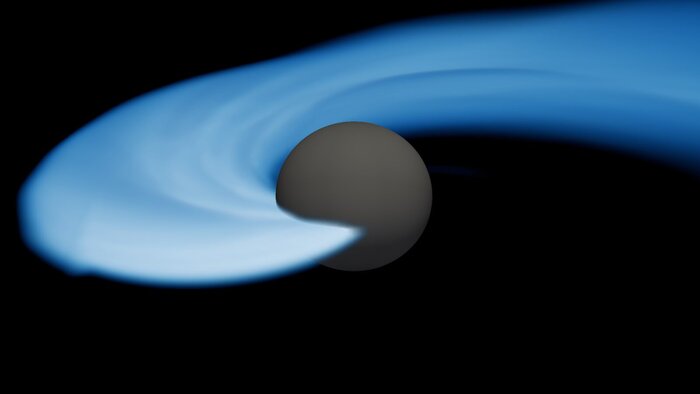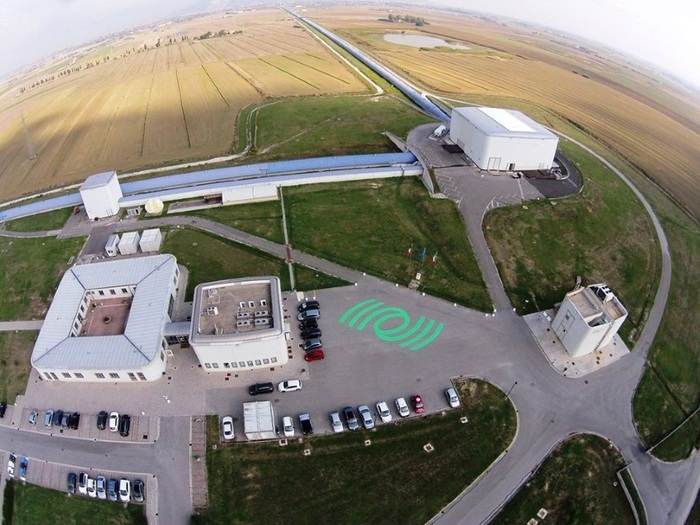One hundred 'chirps' generated in seven months by 40 collisions between black holes, for a total of one hundred such cosmic monsters: this is the balance of the new catalog of signals recorded between April and October 2019 by the American observatory Ligo and by the European Virgo.
The data is published on the ArXiv website, which tracks scientific articles prior to review for official publication.
It took a full year for the Virgo / Ligo network researchers to examine all the gravitational signals and cosmic events recorded.
These are 36 black hole mergers, a probable merger of a binary neutron star system and two systems probably composed of a black hole and a neutron star.
Of the 39 events in the Catalog, 13 are published today for the first time, bringing the total number of gravitational wave events detected by Ligo and Virgo to 11.
The Catalog published today offers, for the first time, a complete picture of the vast number of recorded gravitational signals and their sources.
From August 2017 to April 2019 the sensitivity of the three detectors has in fact improved considerably, allowing Virgo to observe a volume of the universe almost 10 times greater than in previous observations.
Location of events that produced gravitational wave signals (source: LIGO / VIRGO)
The results of the Catologue raise several questions about the validity of some astrophysical models, which until now seemed plausible on the mass of black holes.
For example, some observed black holes have a mass between 65 and 120 solar masses, incompatible with stellar evolution models, according to which very massive stars, beyond a certain threshold, are completely destroyed by the explosion of a supernova.
This suggests that there are other mechanisms of black hole formation.
"We are already analyzing the results of the second part of the third observation period - comments Giovanni Losurdo, researcher at the National Institute of Nuclear Physics (Infn) and spokesperson for Virgo - and working to improve Virgo's sensitivity in 2022".






